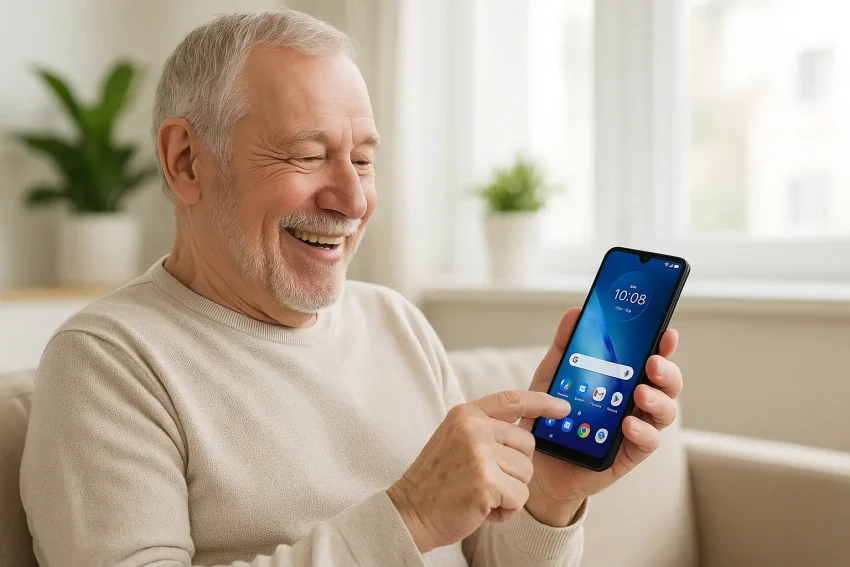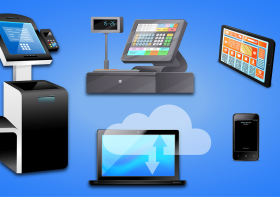What types of smartphones are available through government phone programs?

Government telecommunications assistance programs provide smartphones ranging from basic devices with essential calling and texting capabilities to more advanced models featuring internet access, cameras, and mobile applications. These devices enable program participants to access employment opportunities, healthcare services, and emergency communications. Free Phone Service providers typically offer smartphones from multiple manufacturers with varying technical specifications to accommodate user needs and preferences.
Basic device features
Entry-level smartphones provided through government programs include fundamental features such as voice calling, text messaging, basic internet browsing, and simple camera functionality designed to meet essential communication needs. These devices typically feature 4-inch to 5-inch touchscreens, 8-16 gigabytes of internal storage, and basic processors capable of running critical applications for job searching, healthcare appointment scheduling, and emergency services access. Most basic models include Wi-Fi connectivity, Bluetooth capability, and GPS navigation to support daily activities and emergency location services.
The technical specifications focus on reliability and battery life rather than high-performance features, with most devices offering 8-12 hours of talk time and 200-300 hours of standby time. These smartphones support essential applications, including web browsers, email clients, maps, and basic productivity tools, while maintaining simple interfaces accommodating users with limited technical experience.
Operating systems
Government phone programs predominantly offer smartphones running the Android operating system due to their affordability, widespread compatibility, and extensive application availability through official app stores. Android devices provided through these programs typically run versions 1-2 years behind the latest releases but maintain security updates and compatibility with essential applications needed for employment, healthcare, and emergency services access. Free Android applications include job search tools, healthcare management apps, educational resources, and government service portals. Some providers offer limited iOS devices, though these represent a smaller percentage of available options due to higher costs and restricted customization capabilities for program-specific requirements.
Screen size variations
- Smaller screens between 4.5 and 5.2 inches offer easier one-handed operation and longer battery life, making them suitable for users who primarily need calling and texting capabilities with occasional internet access. These compact devices fit comfortably in pockets and require less frequent charging while providing adequate display space for essential applications.
- Larger screens between 5.5 and 6.2 inches enhance visibility for users with vision impairments or those who frequently use internet applications for job searching, healthcare management, or educational activities. The increased display area makes text reading easier. It improves navigation of websites and applications, though these devices typically consume more battery power and may require two-handed operation for optimal use.
Camera capabilities offered
Most smartphones available through government phone programs include rear-facing cameras with 5-8 megapixel resolution capability sufficient for basic photography needs such as documenting employment paperwork, capturing identification documents, or recording important information for future reference. These cameras typically include autofocus functionality and LED flash support for low-light photography situations commonly encountered daily.
Front-facing cameras are standard on most devices with 2-5 megapixel resolution supporting video calling capabilities for telehealth appointments, job interviews, and family communications. Camera features commonly include:
- Basic photo editing tools for image cropping and brightness adjustment
- Video recording capabilities in standard definition quality
- Barcode scanning functionality for price comparison and product information
- Document scanning features for capturing text-based information
These devices provide reliable communication tools that support employment, healthcare, and emergency needs while maintaining affordability and accessibility for program participants. The range of available smartphones ensures that users can access appropriate technology matching their communication requirements and technical comfort levels.



